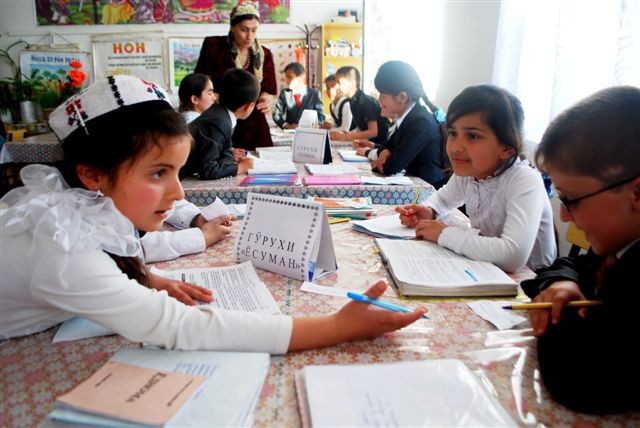
Tajikistan’s Soviet-era education system was decimated by the declining budgets and reorganizations that occurred after independence. A visit to remote areas would also quickly reveal the lingering damage caused to schools by the county’s intense five-year civil war. Today, student drop-out rates are highest at Grade 9 and represent an unfortunate waste of scarce education resources. As the Ministry of Education's national strategy points out, the level of education of older generations is higher than that of its youth - an uncommon milestone along the traditional road to economic development. This trend is a result of an in-service teacher training delivery system acknowledged as inefficient; an on-going transition to local language instruction; and a culture of literacy that is declining especially in rural areas with high poverty rates.
In response, USAID is piloting a series of student drop-out prevention activities and working closely with the Ministry of Education and international partners to improve students’ reading abilities by fine-tuning educators' instructional skills, involving communities, and increasing the sustainable development and production of reading materials.
Attention to teachers’ knowledge of subject content and increasing students’ exposure to critical thinking is of paramount importance. To succeed, USAID works closely with teacher training institutions at the national and regional levels and District Education Departments to support government-endorsed materials and approaches developed by other organizations and the Global Partnership for Education goals








Comment
Make a general inquiry or suggest an improvement.